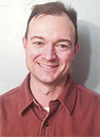When gathering ranges, there will inevitably be strays that wind up in a neighbor’s herd and vice versa and a few that hide out up high until the great white cowboy drives them down on their own.
Today, we’re going to focus on the neighbor’s errant cattle that wind up in yours and need to be sorted out before continuing the trail home.
Open-field sorting is an art and a beautiful thing to watch when done properly in a slow and low-stress manner. There are some basic things to keep in mind when performing this task that will save some stress on you and your cattle.
These five steps are not all-inclusive of what may happen when open-field sorting, as there is really a lot happening at once. They are intended to be the overall guidelines. Hats off to Mulvey Gulch Ranch of Boulder, Montana, for their excellent cattle handling that provided the perfect photos to demonstrate how to properly rodear and sort a herd.
1. Don’t be in a hurry. As you gather the draws and breaks – don’t put the run on cattle, but rather drift cattle out. Hold them up (rodear them) for a sort in a place they would naturally like to be and are comfortable in, such as the meadow in (Photo 1 above).
2. Rodear and settle the herd. This is something that not everyone fully understands, and some don’t truly know what a settled herd looks like. There are some basic rules of thumb that will tell you if the herd is settled and ready to be sorted. They are as follows:
- The herd is stopped without momentum going in one particular direction. There may be some milling around, but for the most part, the entire herd needs to be standing or quietly grazing in a compact unit.
- Another sign the herd is settled is that cattle are facing different directions. When cattle are all facing the same direction, there is still momentum going a certain direction. If you try to sort in this situation, you will incite movement in the whole herd, which is counterproductive and results in getting only a couple of odd cattle out. See Photo 2 and notice that cattle are facing different directions.
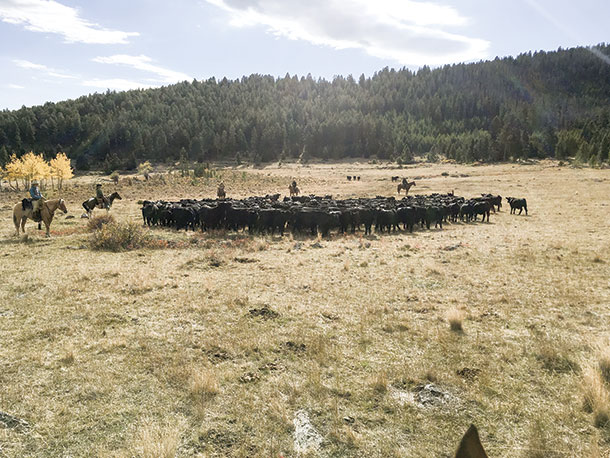
- A settled herd does not require you still be trying to “hold” them in place. Photo 3 shows the cowboys are putting no pressure on the cattle, and they are content to stay put.
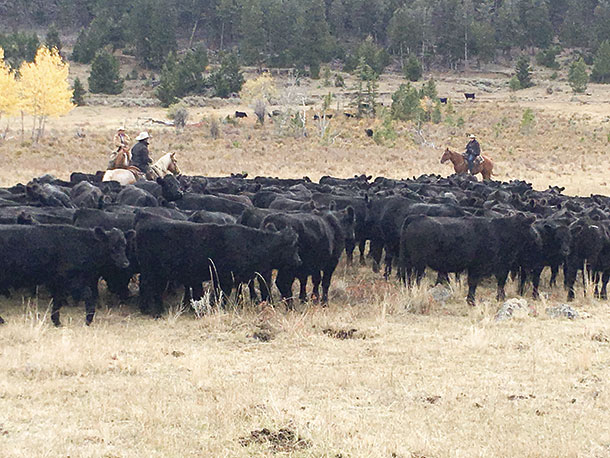
- Once the herd is settled, they are paying attention to you, calm and ready to work.
3. Only have one person go into the herd to sort the strays out. Generally, cattle mixed in a herd where they don’t belong, or cattle of different gender or life state (like dry cows mixed with pairs), sort out easily as they are a social animal and are fully aware they are out of their “clique,” so to speak. (Obviously, this statement does not apply to sorting a bull from a hot cow.)
4. Generally, slower is faster when sorting. This is not a timed event and don’t try to turn it into one. The goal is to always stay at a walk (horse or on foot) and work the “cut” animal to the edge of the rodear where the herd holders will open up a pathway for the animal to walk away from the rodear.
5. Once an animal is cut from the herd, you must make sure the herd is resettled and stays settled before you can cut another animal from the herd.
There are several advantages to holding the herd up before trailing to the next pasture. It provides an opportunity to inspect the herd for animals that don’t belong and save time and labor by not trailing any unnecessary animals.
If you take animals that don’t belong, you will either have to bring them back or take them to the pens, load them then take them to where they belong. Having the ability to leave them closer to where they belong is always handy.
By gathering and holding up the herd, you also have the chance to get them “hooked on” to you. As you hold them, settle them and sort them, you give them a chance to get into a frame of mind to pay attention to you as the handler and better respond to what you are asking of them and thus, an easier and less stressful trail to the next destination.
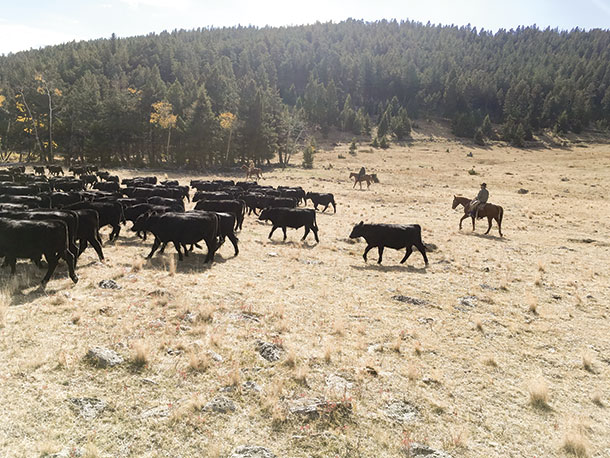
Photos 4 and 5 show how, with little pressure and the low-stress nature, cattle will move down the trail once they are given a chance to settle and “hook on” to their handlers. ![]()
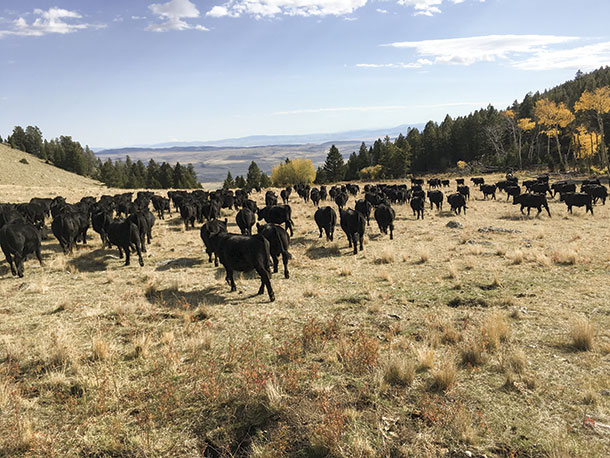
PHOTO 1: Rodearing yearlings from a forest permit gather. Note the cowboys are placing no pressure on the steers and letting others drift into the rodear to complete the gather.
PHOTO 2: Rodeared yearlings that are well-settled and calm. While it’s hard to see in a photo, note that steers are facing multiple directions and are very content to stand in a herd and “wait for orders” from the handlers.
PHOTO 3: Note how calm these steers are remaining with the rider slowly riding through them looking for animals to cut out. The “cut” animals can be seen gathering up on the ridge behind the rodear. This is an ideal situation, as both the herd and the cut are calm and content.
PHOTO 4: After sorting, one side of the rodear was opened, and the herd begins to move in the desired direction with virtually no effort.
PHOTO 5: A calm bunch of yearlings makes its way to the next pasture in a low-stress cohesive group that did not exist until they were rodeared, settled and given the chance to receive clear communication from the handlers. Photos by Billy Whitehurst.

-
Billy Whitehurst
- Makale Livestock
- Whitehall, Montana
- Email Billy Whitehurst
